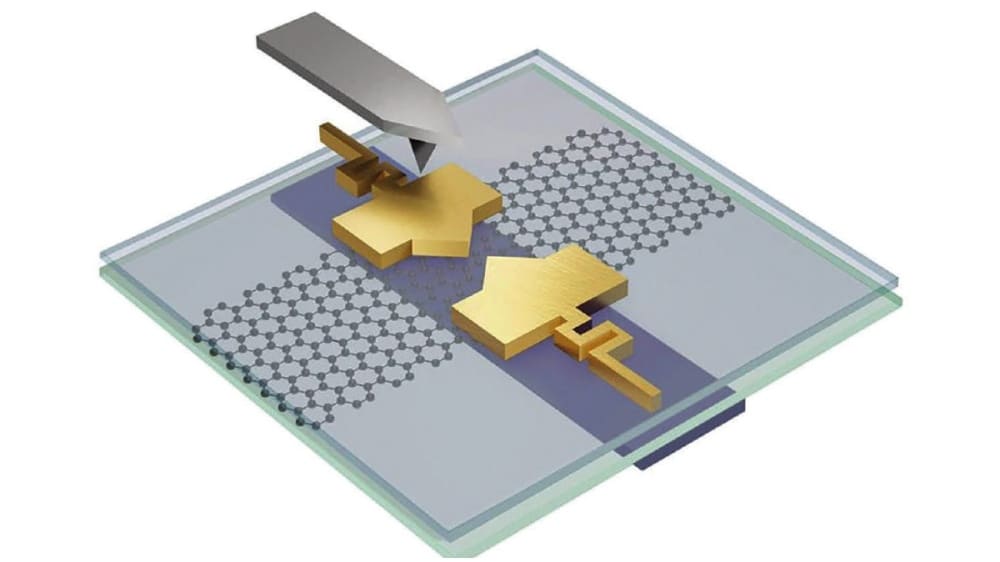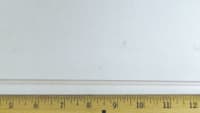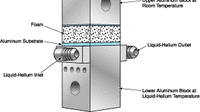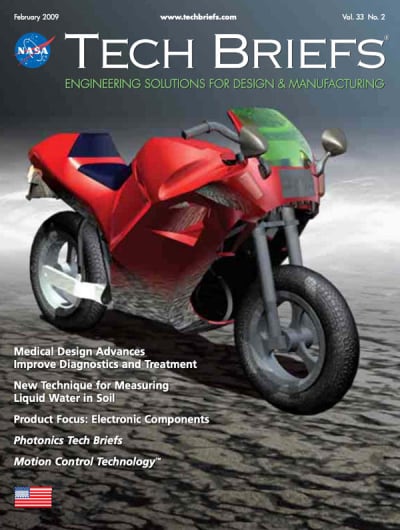This non-contact, single-sided terahertz electromagnetic measurement and imaging method characterizes micro-structural (e.g., spatially-lateral density) and thickness variation in dielectric (insulating) materials. This method was demonstrated for space shuttle external tank sprayed-on foam insulation and has been designed for use as an inspection method for current and future NASA thermal protection systems and other dielectric material inspection applications where no contact can be made with the sample due to fragility and it is impractical to use ultrasonic methods (the latter methods require the sample under test to be immersed in liquid).
To provide some background, a basic pulse-echo terahertz thickness measurement for a dielectric (insulating) material is made by sending terahertz energy via a transceiver into and through the material backed by a metallic (electrically conducting) plate that reflects the terahertz energy back to the transceiver. The terahertz transceiver is separated from the dielectric sample by an air path. Thickness values are calculated using the time delay between the first front surface (FS) and the first substrate/reflector plate echo (BS) and knowledge of velocity according to distance = velocity × time delay. In a similar fashion, the velocity through the material can be determined by knowing thickness. Velocity is an important parameter because density can be derived from velocity using established velocity-density relationships for the dielectric material.
The new method allows characterization of thickness without prior knowledge of velocity and characterization of velocity without prior knowledge of thickness, and it does so using the same set of measurements. The method is still based on pulse-echo measurements, and uses echoes off of the reflector plate with (BS) and without the sample present (M”), as well as using the echo off of the sample front surface (FS). (The FS echo may require specialized signal processing to “de-noise” and amplify it if it is received off of a foam front surface.)
This work was done by Ron Roth for Glenn Research Center.
Inquiries concerning rights for the commercial use of this invention should be addressed to NASA Glenn Research Center, Innovative Partnerships Office, Attn: Steve Fedor, Mail Stop 4–8, 21000 Brookpark Road, Cleveland, Ohio 44135. Refer to LEW-18262-1/3-1.






















